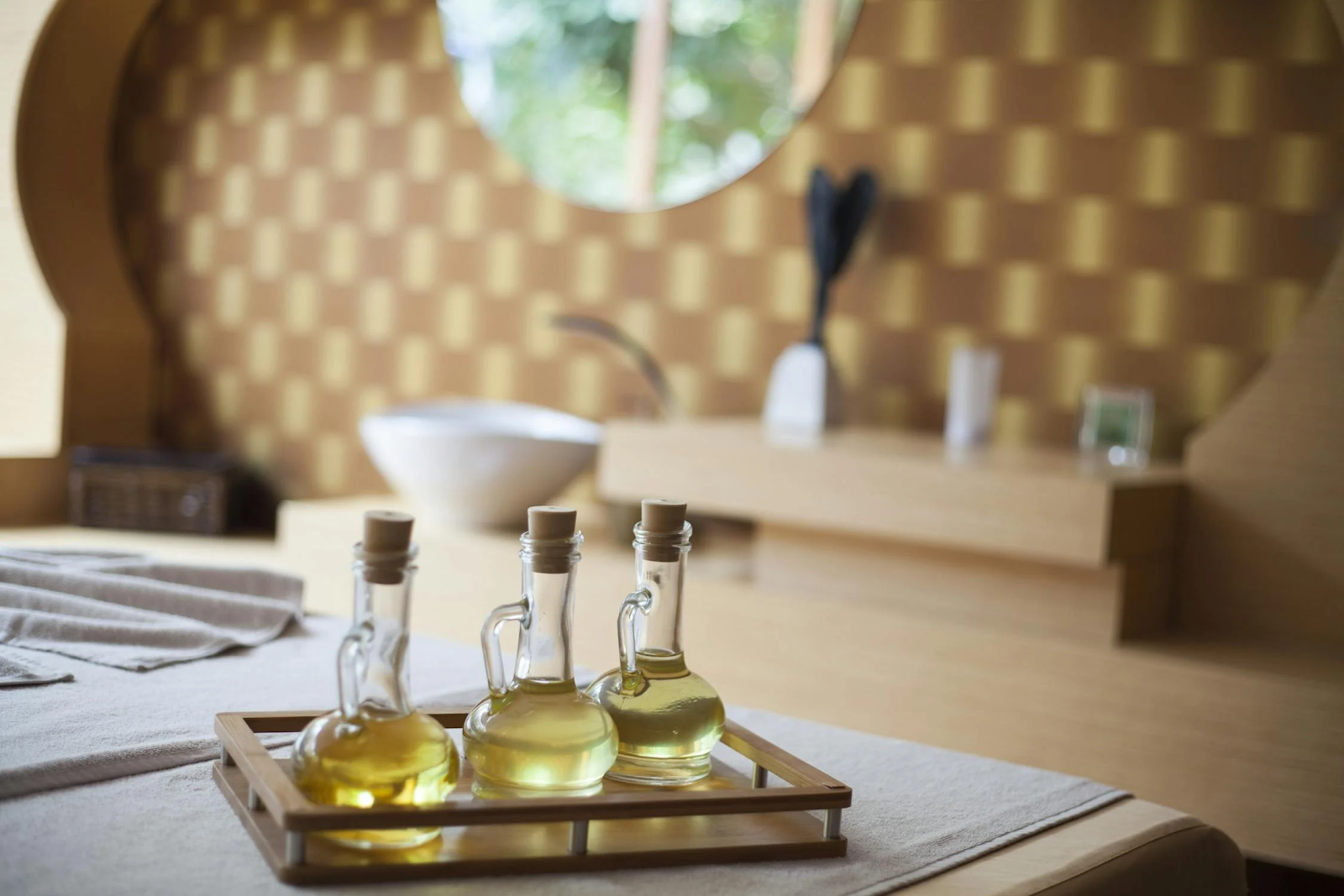Natural Hair Care Tips

The Benefits of Using Eggs for Hair Care
Eggs are high in protein, which helps to build hair follicles and promotes healthy hair development.
Moisturizing: Egg lipids give natural hydration, leaving hair softer and shinier.
Nutrient-dense: Eggs include vitamins A, D, E, and B-complex, which nourish the scalp and hair.
Repairs Damage: Eggs contain lecithin, which helps heal damaged hair and prevent breakage.
1. Egg and Olive Oil Hair Mask Ingredients:
1 egg and 1-2 teaspoons of olive oil.
Instructions:
In a mixing basin, beat the egg until smooth.
Add the olive oil and blend thoroughly.
Apply the mixture to your scalp and hair, concentrating on the ends.
Leave it on for 20 to 30 minutes.
Rinse with cold water and apply shampoo as normal.
Benefits: This mask delivers deep conditioning and gloss to the hair.
2. Egg and Yogurt Hair Mask Ingredients:
1 egg
2 tablespoons plain yogurt.
Instructions:
In a mixing basin, beat the egg until smooth.
Add the yogurt and stir until it forms a homogeneous paste.
Apply the mask on the scalp and hair.
Leave it on for 30 minutes.
Rinse with lukewarm water and shampoo.
Benefits: This mask reduces dandruff and gives hydration to dry hair.
3. Egg and Honey Hair Mask Ingredients:
Ingredients: 1 egg, 1 tablespoon of honey.
Instructions:
Add honey and blend thoroughly.
Apply the mixture to the scalp and hair.
Leave it on for 20 to 30 minutes.
Rinse with lukewarm water and shampoo.
Benefits: Honey is a natural humectant that retains moisture, leaving hair silky and manageable.
4. Egg White and Lemon Hair Mask
Ingredients:
- 1 egg white
- Juice of half a lemSeparate the egg white from the yolk.
- Beat the egg white until frothy.
- Add lemon juice and mix well.
- Apply the mixture to your scalp and hair.
- Leave it on for 20-30 minutes.
- Rinse with cool water and shampoo.
Benefits: This mask helps in controlling excess oil and adds volume to limp hair.
Tips for Using Egg Masks:
Use cool water. Always rinse your hair with lukewarm water to keep the egg from frying and adhering to it.
Use these masks once a week for optimal results.
Allergies: Before applying any egg mask, perform a patch test to check that you are not allergic.
Using eggs in your hair care regimen is a simple and efficient technique to naturally produce healthy, lustrous, and strong hair.
Natural oils may be extremely useful to hair health, with a variety of characteristics that nourish, strengthen, and protect your hair. The following are some of the greatest natural oils for hair care, along with their advantages and how to apply them:
1. Coconut Oil's Benefits:
Deeply hydrates and conditions the hair.
Prevents protein loss by minimizing breaking and broken ends.
Increases hair growth by increasing scalp health.
Gives a natural gloss.
How To Use:
Warm a tiny bit of coconut oil between your hands.
Apply it to your scalp and hair, concentrating on the ends.
Leave it on for at least 30 minutes, or overnight, for more intense conditioning.
Wash it with shampoo and condition as normal.
2. Argan Oil's Benefits:
High in antioxidants, vitamins, and vital fatty acids.
Moisturizes and softens hair while eliminating frizz and flyaways.
Protects hair from heat and environmental factors.
Provides a natural sheen and smoothness.
How To Use:
Concentrate on the mid-lengths and ends.
Style is as usual. It can also function as a leave-in conditioner.
3. Jojoba Oil's Benefits:
Closely resembles the natural oil (sebum) on the scalp.
Moisturizes hair without leaving it oily.
Helps with dandruff and dry scalp problems.
Strengthens hair and prevents breakage.
How To Use:
Massage it in thoroughly and let it on for at least 20 minutes.
Wash it with shampoo and condition as normal.
4. Olive Oil's Benefits:
Deeply conditions and nourishes hair.
Helps to decrease dandruff and soothes the scalp.
Adds strength and suppleness to the hair.
Gives a natural gloss.
How To Use:
Apply it to your scalp and hair and massage gently.
Leave it on for a minimum of 30 minutes.
Rinse completely with shampoo, then condition as normal.
5. Benefits of Castor Oil:
Enhances hair growth and thickness.
Moisturizes and strengthens hair.
Helps with scalp issues like dandruff.
Reduces split ends and breakages.
How To Use:
Apply it to your scalp and hair, concentrating on the roots.
Leave it on for at least 30 minutes or overnight.
Wash it well with shampoo and condition as normal.
6. Almond Oil's Benefits:
High in vitamins E, D, and magnesium.
Moisturizes and conditions the hair, decreasing frizz.
Promotes hair growth while reducing hair loss.
Provides a natural sheen and smoothness.
How To Use:
Massage it in thoroughly and let it on for at least 30 minutes.
Rinse completely with shampoo, then condition as normal.
7. Tea Tree Oil's Benefits:
Contains antibacterial and antifungal activities.
Helps with dandruff and itchy scalps.
Promotes healthy hair growth.
Reduces scalp inflammation.
How To Use:
Apply the mixture to the scalp and hair.
Leave it on for a minimum of 20 minutes.
Wash it well with shampoo and condition as normal.
Tips for Using Natural Oils
Patch Test: Always do a patch test before using any oil to check that you are not allergic.
Consistency is key to getting the finest effects from these oils.
Avoid overuse: When it comes to natural oils, less is more. To avoid greasy results, don't use too much.
Putting these natural oils into your hair care regimen can result in healthier, shinier, and more resilient hair.













Comments
Post a Comment